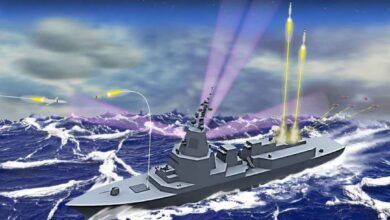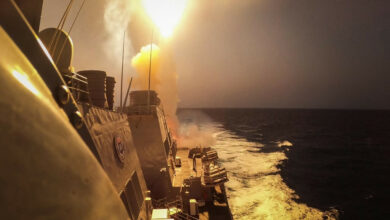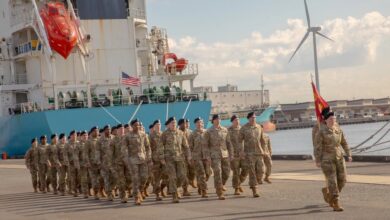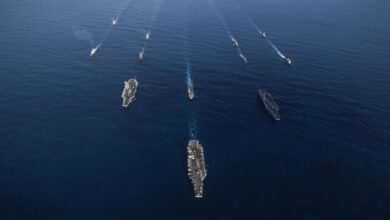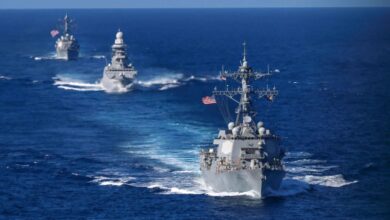US Navy Greenlights Life Extension of Arleigh Burke Destroyers in Virginia, Japan
The US Navy has approved the service life extension of four Arleigh Burke-class (DDG 51) guided-missile destroyers in service since the 1990s.
Vessels in the program include the Virginia-based USS Mitscher (DDG 57) and Ramage (DDG 61), as well as the USS Benfold (DDG 65) and Milius (DDG 69) currently stationed in Yokosuka, Japan.
The DDG 57 and 61 will continue to sail until 2034 and 2035, respectively. Meanwhile, the DDG 65 and 69 will be extended to 2036 and 2035.
The effort follows the life extension announcement in March of the class’ lead ship, the USS Arleigh Burke, for five years.
The extensions enable the ships to exceed their estimated service life of 35 years.
“These service life extensions demonstrate the Navy’s commitment to ensuring the surface fleet has the right capability and capacity,” US Navy Surface Warfare Director Rear Admr. Fred Pyle explained.
“Adding 23-years of service life cumulatively over the last six months is a significant investment in surface warfare.”
“These extensions align to Secretary of the Navy Del Toro’s commitment to Congress during the FY-24 posture hearings to analyze service life on a hull-by-hull basis and extend the correct ships in order to be good stewards of resources invested in the U.S. Navy by the American people.”

‘Maximizing’ Assets
Alongside the DDG 51, all four Arleigh Burke-class destroyers will receive upgrades to their Aegis naval combat weapons systems to ensure capability until retirement.
The US Navy said that the life extension program was feasible for the vessels as their crew adhered to management plans throughout the fleet’s lifecycle.
“These DDGs bring the right capability and capacity to our operational commanders in an affordable manner maximizing the Navy’s targeted return on investment for these ships,” Pyle said.
“Each of these extensions takes into account where these ships are in their lifecycle maintenance schedules.”
“Extending Mitscher and Milius by an additional year to five years would require each ship to spend a year of that extension in a docking availability, which would not be a prudent use of resources entrusted to the Navy.”


